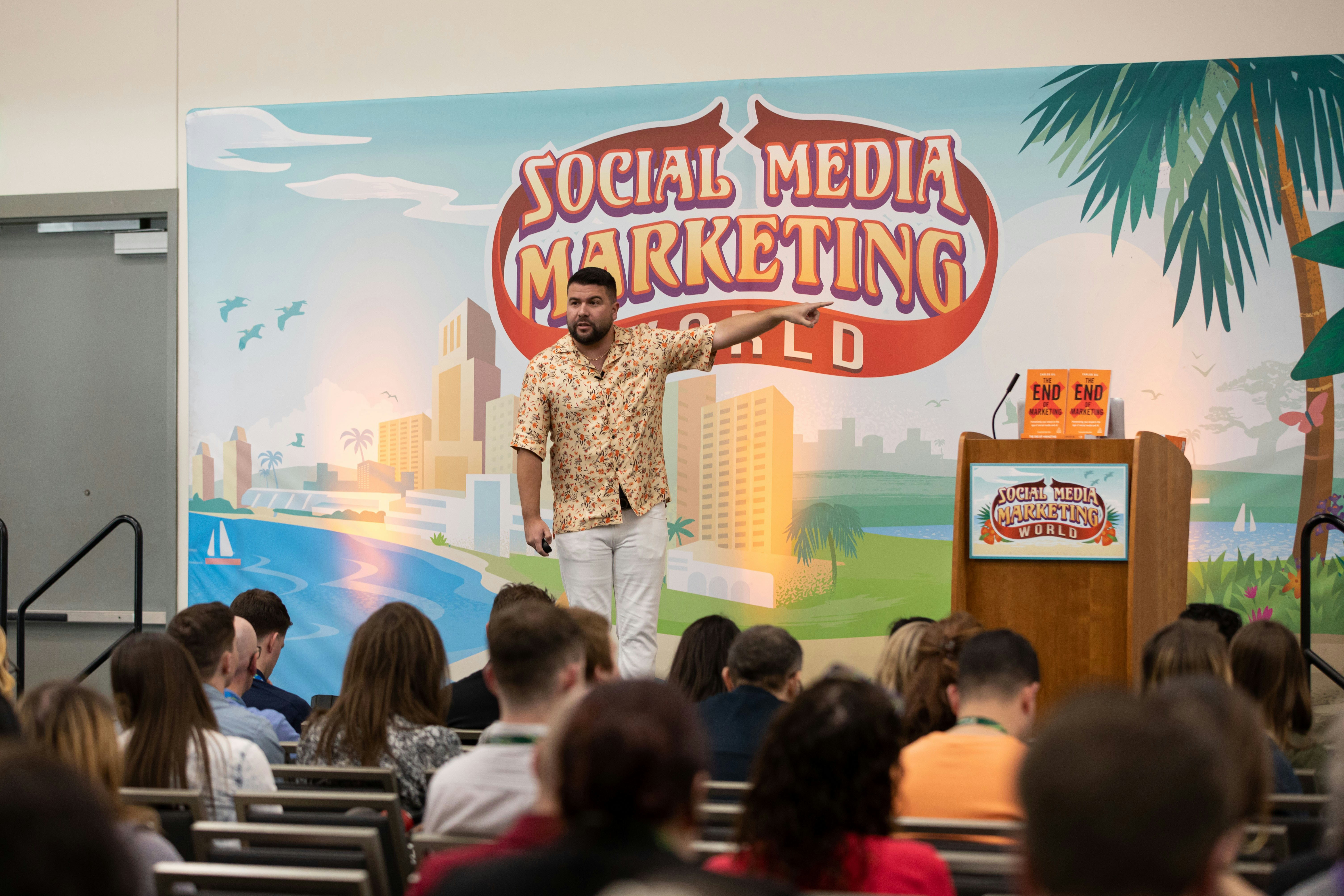Educate Before You Sell
Would you buy from someone you don’t trust? Neither would your audience.
In the crowded world of social media, where users are bombarded with ads and promotions every few seconds, brands that teach before they sell stand out. At Savises Creative, we’ve seen this firsthand: content that educates consistently outperforms content that pushes sales.
This blog will unpack why education-first content is the key to long-term sales success—drawing on real-life examples, data from Kenya and beyond, and actionable tips to help you stand out in your niche.
Why Educating Works Better Than Selling
1. Trust Builds Sales
Consumers today are more cautious and informed. According to the Edelman Trust Barometer 2023, 62% of people say they trust businesses more than governments or media. Trust has become a critical currency—and trust is built through value-first content, not aggressive selling.
When you take time to explain, teach, or guide your audience, you demonstrate expertise and authenticity. This builds the confidence people need to choose your product or service over others.
2. Content Marketing = Higher ROI
Data from the Content Marketing Institute reveals that educational content generates three times more leads per dollar than paid advertising and costs 62% less. That’s a powerful advantage, especially for SMEs looking to grow on a budget.
Instead of chasing clicks with salesy posts, focus on content that informs and solves problems. Your audience will remember and return to the brand that helped them, not the one that spammed them.
The Kenyan Context: Social Media is Booming
Kenya is one of Africa’s most socially connected nations. According to GeoPoll, 93% of Kenyans use social media, and 77% spend more than an hour per day browsing, learning, and connecting online.
A growing number of users, especially younger audiences, prefer brands that explain their products through relatable, digestible content.
A 2023 study by GeoPoll also showed that Kenyan audiences trust influencers and businesses that provide useful, relevant, and consistent content—especially those that teach (source).
Case Studies: Global and Local Wins
Global Example: Glossier
This skincare brand built its global reputation by sharing how-to content, ingredient explainers, and personal skincare journeys. Without hard selling, Glossier grew into a $1B brand, powered largely by community-driven educational content.
Kenyan Example: Touchstone Pharmacy, Goodlife Pharmacy and Portal Pharmacy
Before pushing products like Vitamin C, these pharmacies create posts about dosage, benefits, comparisons, and FAQs. This education-first approach has result in higher engagement, trust, and DMs with real purchase intent. They’ve grown their follower base rapidly by making content that adds value first.
Savises Client Example: Fashion Retailer
A fashion brand we work with transitioned from posting “Buy Now” promos to creating reels on “How to style denim jackets” and “What to wear to a brunch date.” Within 30 days, their post engagement tripled, and sales increased by 25%, without increasing their ad spend.
What Our Clients Say
“Once we stopped just posting prices and started explaining why our product was better and how to use it, we noticed a big shift. People started asking real questions, and sales followed.”
— Fashion client, Nairobi
How to Educate Without Being Boring
Here are 5 ways to create educational content that actually engages:
- Carousel posts: “How to Choose the Right Moisturizer for Oily Skin”
- Short videos (Reels/TikTok): “3 Mistakes People Make When Taking Supplements”
- Behind-the-scenes content: Show how your products are made or sourced
- Customer questions: Answer frequently asked questions in Stories or Live
- Infographics or guides: Break down complex topics into visuals
Remember: people don’t want to feel like they’re in a classroom, they just want helpful information in a digestible, visual, and relatable way.
The Stats that Back It Up
- 62% of consumers say they trust businesses that educate (Edelman)
- 3× more leads and 62% less cost from educational content vs. paid ads (CMI)
- 93% of Kenyans use social media, and many rely on it for learning (GeoPoll)
How to Get Started
Here’s a simple 3-day plan you can try today:
Day 1: Audit your last 10 posts. Were you educating or just selling?
Day 2: Create 1 post that teaches. It could be a how-to, a comparison, or a tip.
Day 3: Post it, monitor engagement, and engage with comments and DMs.
If you’re unsure where to start or need help with this strategy consistently, that’s exactly what we do at Savises Creative. We help businesses of all sizes create scroll-stopping content that builds trust and sales.
Final Thoughts
The brands that teach are the ones that win.
By educating your audience before selling to them, you position yourself as a trusted advisor, not just a seller. That trust leads to loyalty. That loyalty leads to repeat sales.
So ask yourself: What would happen to your business if people saw you as an expert, not just a seller?
Let Savises Creative help you make that shift today.
Need Help?
Email us at: info@savisescreative.com
Visit our website: www.savisescreative.com
